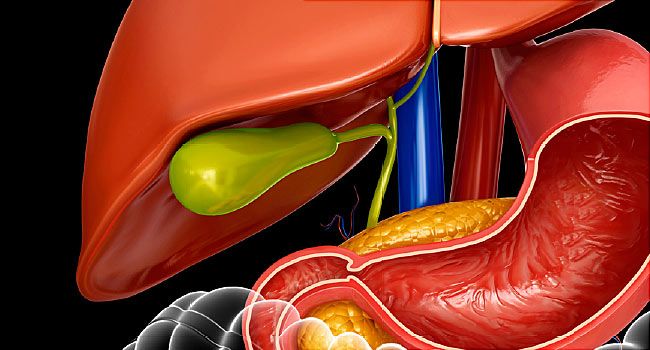Gallbladder Surgeon in Nashik

Gallbladder
Gallbladder issues can cause severe abdominal pain, nausea, and digestive discomfort. Consulting an experienced Gallbladder Surgeon in Nashik ensures early diagnosis and effective treatment. The gallbladder is a small organ that stores and releases bile, which helps in digesting fats. When problems like gallstones or inflammation occur, timely medical care is essential to avoid complications.
Gallbladder Overview :
The gallbladder is located below the liver and plays a key role in the digestive process. It releases bile into the small intestine, aiding in fat digestion. Although small in size, gallbladder problems can lead to significant pain and digestive issues if not treated properly.
Key Functions
- Bile Storage: Holds bile produced by the liver until needed for digestion.
- Fat Digestion: Releases bile after meals to help break down fats.
- Support to Liver Function: Works in coordination with the liver and pancreas for healthy digestion.
Common Gallbladder Conditions:
1. Gallstones (Cholelithiasis)
Gallstones are hardened deposits formed inside the gallbladder that can block bile flow, leading to sharp pain, nausea, and vomiting.
2. Gallbladder Inflammation (Cholecystitis)
Occurs when gallstones obstruct bile ducts, causing swelling, infection, and severe pain in the upper abdomen.
3. Bile Duct Obstruction
Blockage in the bile ducts can result in jaundice, pale stools, and dark urine. Immediate medical attention is required.
4. Gallbladder Polyps
Small growths inside the gallbladder that may need removal if they are large or symptomatic.
Symptoms of Gallbladder Problems
- Pain in the upper right or middle abdomen
- Nausea or vomiting after meals
- Bloating and indigestion
- Fever or chills
- Yellowing of skin and eyes (jaundice)
If you experience these symptoms, consult a Gallbladder Surgeon in Nashik for a detailed evaluation.
Diagnosis:
Common Diagnostic Tests
- Ultrasound: Detects gallstones or inflammation.
- CT Scan or MRI: Offers detailed imaging of bile ducts and gallbladder.
- Blood Tests: Identify infection or liver-related problems.
Treatment Options:
1. Medications
Used in mild cases to manage pain and control infection. In some cases, medication may help dissolve small gallstones.
2. Laparoscopic Gallbladder Surgery
A minimally invasive surgery that removes the gallbladder using small incisions. It provides faster recovery, less pain, and minimal scarring.
3. Open Gallbladder Surgery
Performed when severe infection or large stones make laparoscopic surgery unsuitable. It involves a larger incision and longer recovery time.
Post-Surgery Care:
- Eat light, low-fat meals after surgery.
- Avoid greasy, fried, and spicy foods initially.
- Follow your surgeon’s diet and activity instructions.
- Return to normal activities within 5–7 days (for laparoscopic surgery).
When to See a Gallbladder Surgeon in Nashik
You should seek medical help if you experience:
- Repeated abdominal pain or cramps after eating
- Nausea, vomiting, or bloating
- Jaundice or yellowing of the eyes and skin
- Pain spreading to the shoulder or back
Seeking timely medical advice can help avoid complications and promote quicker recovery.
Training:
A Gallbladder Surgeon in Nashik is a qualified specialist with advanced training in general and laparoscopic surgery. Their expertise ensures safe and effective treatment for all types of gallbladder conditions.
Frequently Asked Questions (FAQ):
Gallstones form when bile contains excess cholesterol or bilirubin, or when the gallbladder doesn’t empty properly.
If you experience severe or recurrent abdominal pain, nausea, or gallstone-related complications, your surgeon may recommend gallbladder removal.
Yes, it is a safe and effective procedure with quick recovery and minimal discomfort. Most patients go home the same day.
Yes. The liver still produces bile, which flows directly into the intestine. You may need minor dietary adjustments after surgery.
Eat light, low-fat meals. Avoid oily, spicy, and heavy foods for a few weeks post-surgery.
Recovery after laparoscopic surgery takes about a week, while open surgery may require 4–6 weeks.

